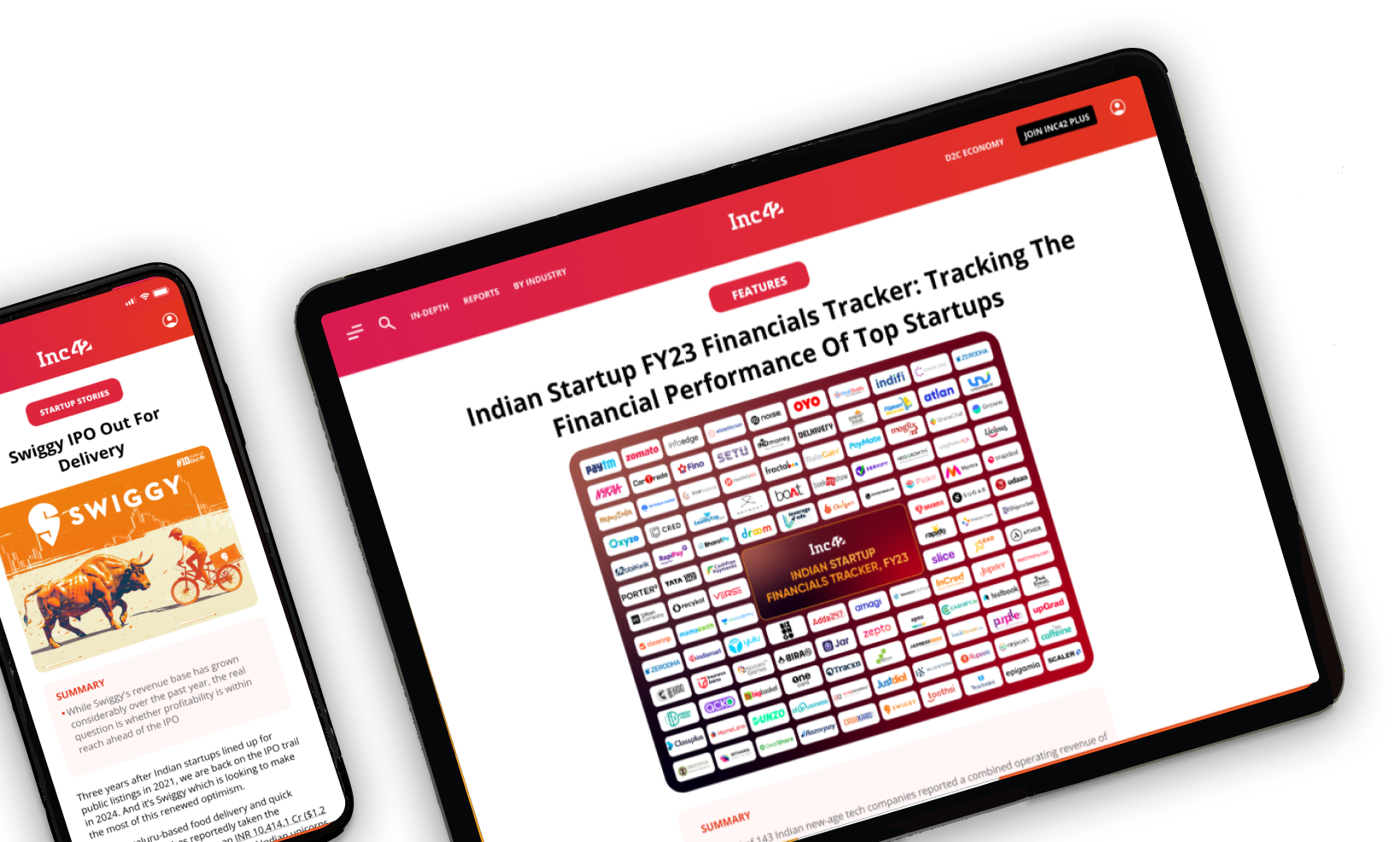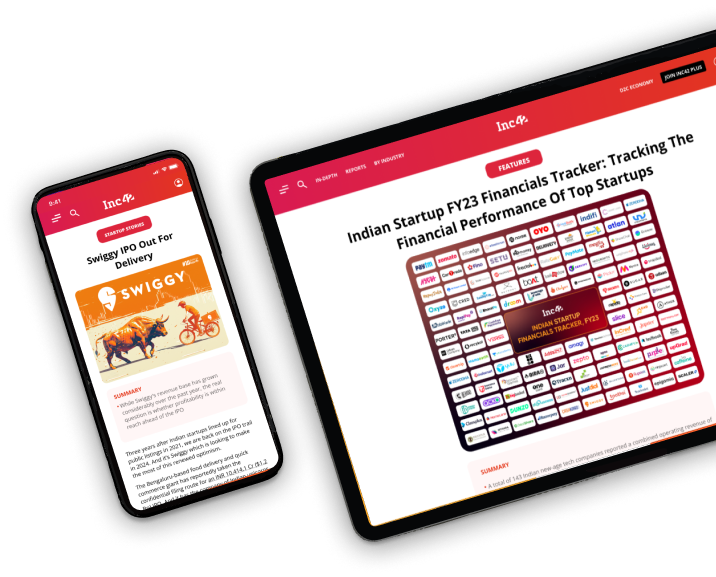
Information technology is playing a crucial relationship-building role between travelers (customers) and tour operators (businesses) to revolutionise the travel domain. It does what it is best at, i.e. providing an enriching web experience and improving online visibility of hitherto unknown tour operators.
Going back in time, and as most industry insiders would agree, MakeMyTrip.com was a total game changer. It certainly revolutionized the hotel and ticketing industry, however, it was restricted to that. But now the industry is ready for second phase of comprehensive change in the way trips are being sold in the online space.
Earlier tour operators would operate out of small offices (which they do even today), but now they’ve warmed up to the idea of improving their digital presence because they want their work to get noticed and gain revenue. After all everybody is on the internet (including their customers) and there’s no reason why they shouldn’t be too.
Travelers are more tech-savvy now and want everything within a matter of a click. It would only be fair to say that technology has created a win-win situation for customers as well because they now have more travel experiences to compare on the internet.
Today, there are end-to-end integrated platforms that are revolutionizing the travel domain through use of technology. With the corporate culture having set-in many of us are well-traveled and despise destination-hopping. However, due to lack of knowledge about experience-based travel, they continue taking regular trips.
Aware of this problem, travel portals have aggregated hand-picked tour operators and unique trips to give avid travelers an option to choose from a variety of experiences. For instance, for adventure seekers there are motor sports events and road trips, for the shutterbugs there are photo tours like wild life photography, birding photography, sky photography and for culture enthusiasts there are cultural and spiritual tours.
Aggregators have improved communications that gives customer-driven as well as business-oriented solution to tourists. Take for example, the tour operators who may have access to internet which is a commonly available technology, but may not be aware of its functionality and benefits.
Aware of the challenge that these tour operators face, aggregators provide tour operators a platform that helps them establish their brand’s credibility and connects them with potential customers. Every tour operator has a profile page that has details about their team and company profile for trip go-er to see. This also helps build trust.
Technology enables tour partners to access the uploaded documents by travelers for verification and validation. This vault stores all the documents for future reference and saves tedious paperwork.
Talking about customers, their journey begins the moment they land on the website, courtesy intuitive user experience. Websites offer detailed information and photographs of a destination.
Tourists can compare multiple trips on a single screen and make the best decision. While the competition is stiff, some websites also offer information on ‘who’s going’ (demographics), so one can ensure that they fit in the group. Once they have shortlisted a trip, payment can be made through EMIs or international currency, whichever is quite convenient for international travelers.
There are travel mobile apps that offer solutions for all your requirements like planning, finding agents/guides, booking tickets, hotel reservation, route mapping, travel updates, security information, oversees banking and so on.
Undoubtedly, technology has revolutionised and continues to provide solutions in the travel domain. The challenge lies in identifying how it can be effectively implemented to seamlessly align the customers and businesses.




























 Ad-lite browsing experience
Ad-lite browsing experience